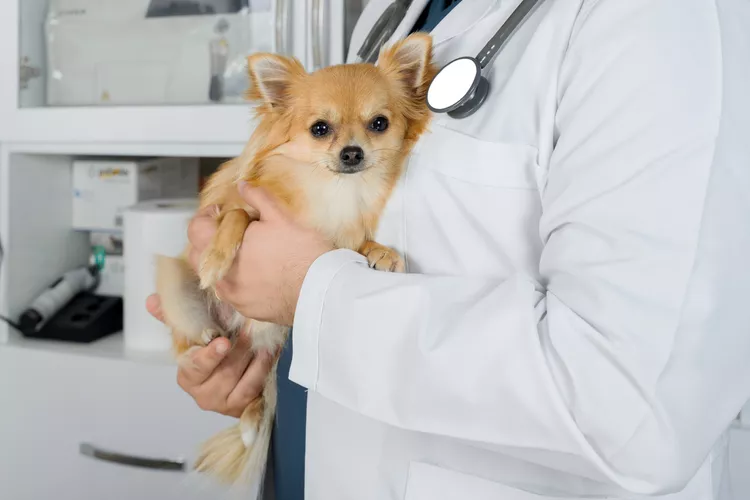
Legg-Calve-Perthes disease (LCPD) is an uncommon orthopedic disorder that can occur in dogs and humans. This congenital disease causes degeneration of the hip joint in young dogs, primarily small breeds. Animals affected by Legg-Calve-Perthes disease will ultimately need surgical treatment to maintain the use of the affected limb.
Legg-Calve-Perthes disease is an uncommon degenerative disease of the hip joint that begins with inadequate blood supply to the head of the femur. The femoral head is the "ball" part of the hip joint that sits in the pelvis and facilitates motion in the hip and rear limb.
Without the necessary blood supply, the bony tissues begin to disintegrate, leaving the femoral head deformed. The cartilage that once acted as a cushion between the ball and socket can no longer remain in place. The result is an ill-fitting joint that becomes very painful when moving the affected limb.
The name "Legg-Calve-Perthes" derives from the three separate orthopedic surgeons who discovered the disease in children in the early 20th century.
The symptoms of LCPD may be subtle at first but will progressively become more apparent as the degeneration worsens.
The signs of Legg-Calve-Perthes disease often begin with mild lameness that gets steadily worse over weeks to months. As the disease progresses, pain and stiffness will become more noticeable and muscle atrophy will develop. The dog will eventually stop bearing any weight on the affected limb due to pain and weakness. The typical onset of signs is between five and eight months of age.
Legg-Calve-Perthes is is typically a hereditary disease believed to be caused by:
The lack of blood flow causes necrosis of the femoral head, leading to the gradual disintegration of bone and cartilage in the hip joint.
Legg-Calve-Perthes primarily affects small breed dogs. Yorkshire Terriers are most often affected, but several other types of small dog breeds can develop the disease. In rare cases, the disease can be induced by an injury.
Similar signs may occur in dogs with other orthopedic conditions, such as hip dysplasia, so a definitive diagnosis is critical to determining the appropriate course of treatment. Your veterinarian will make a diagnosis based on history, examination, and x-rays.
If your dog has worsening lameness or any other signs of illness, schedule a veterinary check-up. The earlier a diagnosis is made, the better the chance of effective treatment.
In mild cases of Legg-Calve-Perthes disease, vets may treat conservatively with rest and pain medications such as anti-inflammatory drugs. Conservative therapy can help manage the lameness, but it will not stop the progression of the disease. If the signs do not progress, the dog may be able to live comfortably for years. It's important to keep the dog lean as excess weight will put too much strain on the joint.
Ultimately, surgery is the best treatment for Legg-Calve-Perthes disease. Your veterinarian will perform a femoral head and neck excision. This involves the removal of the disintegrating bone on the "ball" portion of the joint.
After surgery, rehabilitation therapy is necessary to help rebuild muscles that create a kind of "false joint" where the diseased bone used to be. Dogs that had early disease changes or mild signs may recover quickly. Dogs with muscle atrophy may need more time to rebuild muscle mass. Fortunately, in time, most dogs will make full recoveries and go on to live normal lives.
Aside from avoiding traumatic injuries, there is not much you can do to prevent the disease from developing in a dog you already have. However, you can avoid putting your dog through the worst of the symptoms by going to the vet soon after signs appear.
It is important not to breed a dog with Legg-Calve-Perthes disease to avoid passing on the gene. Instead, dogs with Legg-Calve-Perthes disease should be spayed or neutered.
Responsible breeders often test the hips of dog breeds predisposed to Legg-Calve-Perthes disease before breeding them. Testing can be done by submitting radiographs to the Orthopedic Foundation for Animals (OFA) where they can be reviewed for signs of LCPD and hip dysplasia.
If you are buying a small dog breed from a breeder, ask if the parents' hips have been examined by a vet, ideally via the OFA.

What to Do if Your Cat Is Snoring
Cat snoring can happen for several reasons. Find out if your cat's snoring is normal or caused by a medical issue. Know when to call the vet about your cat snoring.
Turkish Angora: Cat Breed Profile, Characteristics & Care
The elegant and silky Turkish Angora cat is a playful, affectionate, and sometimes mischievous pet. Learn about the Turkish Angora breed.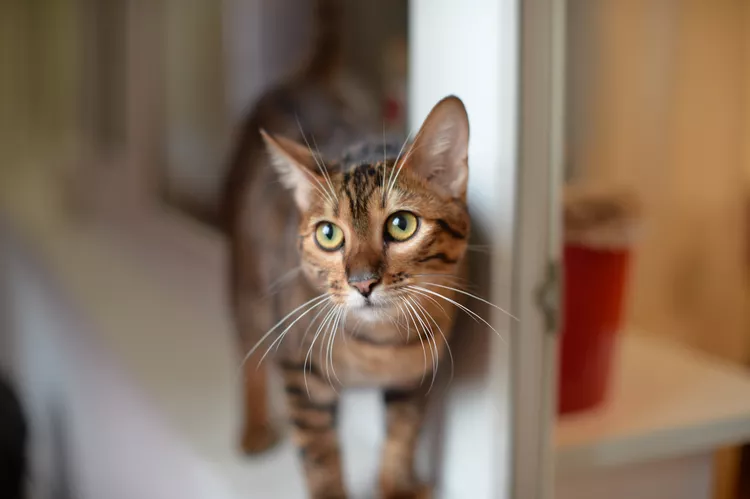
Toyger: Cat Breed Profile, Characteristics & Care
The toyger (toy tiger) cat is a beautiful, rare breed with an easygoing demeanor. These cats are hard to come by but make excellent pets.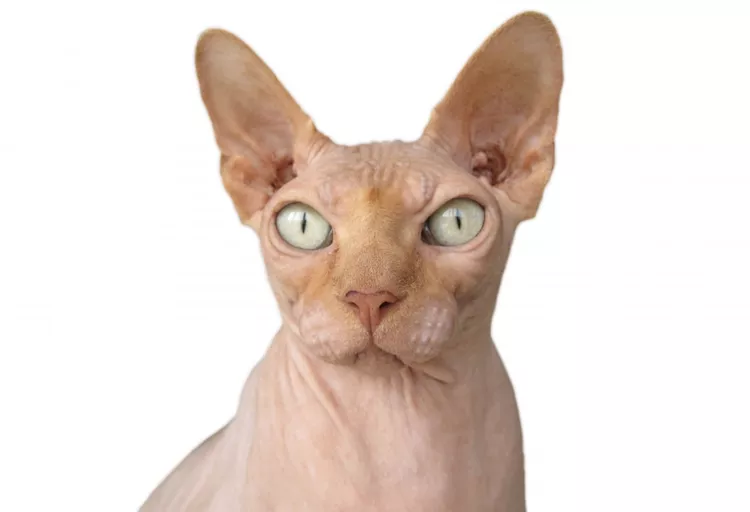
Donskoy: Cat Breed Profile, Characteristics & Care
Donsky cat, or Don Sphynx, is a hairless cat that's known for being affectionate, social, and remarkably intelligent. Learn more about the Donsky cat breed.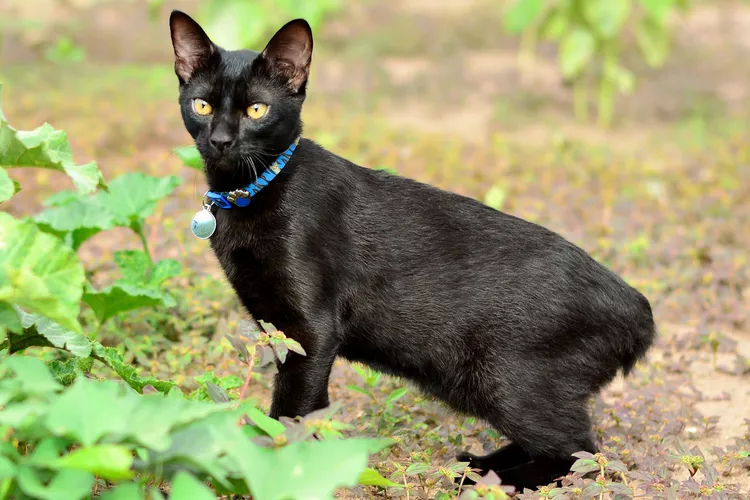
Japanese Bobtail: Cat Breed Profile, Characteristics & Care
The Japanese bobtail is recognized for its bunny-like tail and is loved for its friendly, playful personality. Learn about the Japanese bobtail breed.
How to Stop Cat Aggression After a Vet Visit
Cats are usually out of sorts and ornery after a trip to the veterinarian. Learn how to stop cat aggression by planning ahead with these tips.
Why Do Cats Like High Places?
Does your cat like to hang out on top of tall furniture? Here's why cats like high places.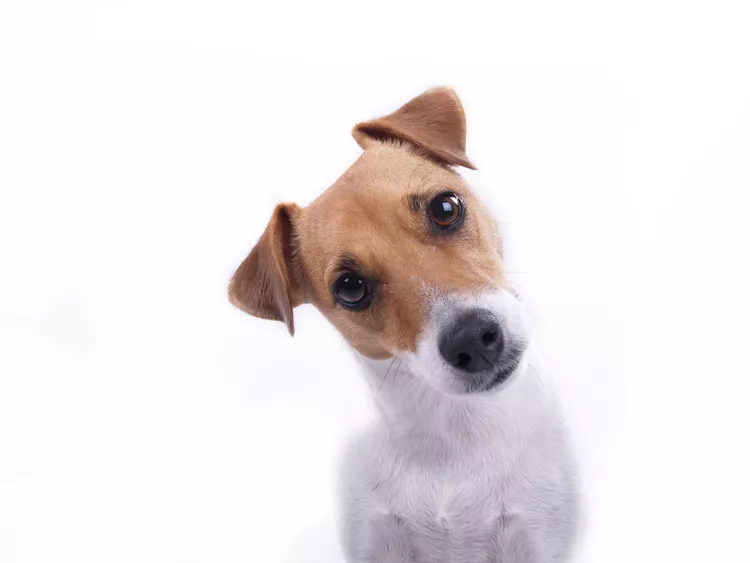
Rectal Prolapse in Dogs
Rectal prolapse in a dog can be an alarming thing to see. Find out why this happens, how to prevent it, and how to heal dog prolapse at home.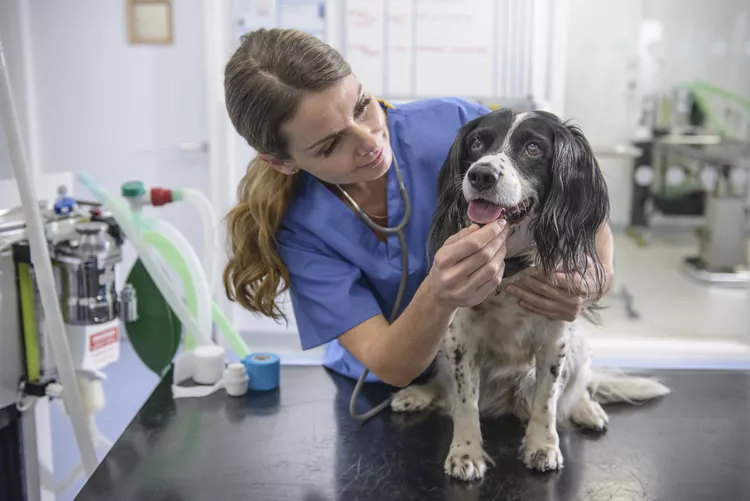
Is Acetaminophen Safe for Dogs?
Acetaminophen is used by humans for pain and fever relief, but is it safe for dogs? Here's what you need to know before giving your dog acetaminophen.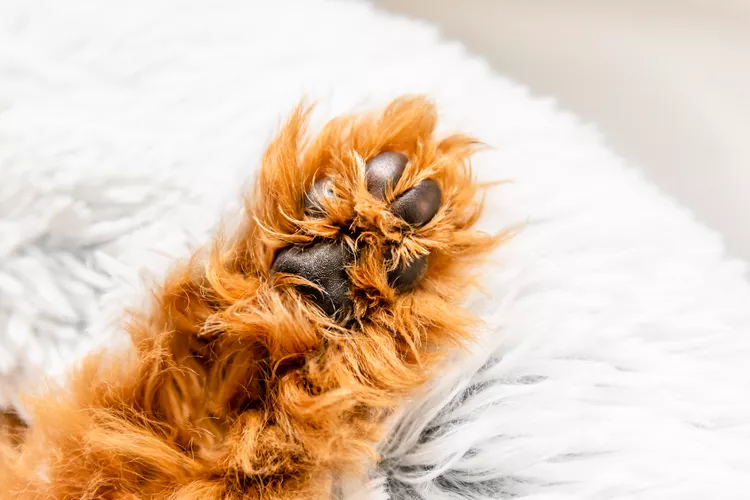
Dog Broken Toe: Signs and Treatment
Dogs can break their toes for several reasons. Find out how to tell if your dog has a broken toe. Learn what you need to do and what restrictions your dog may have to let a broken toe heal.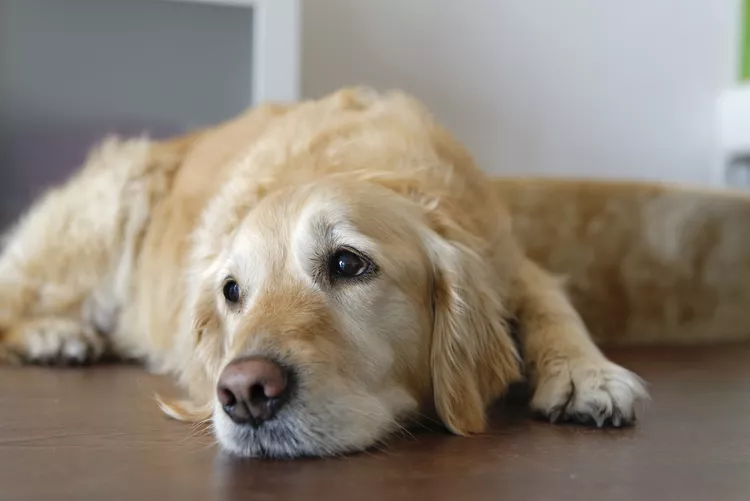
Tetanus in Dogs
Tetanus is an infection caused by bacteria found in soil. It can cause severe symptoms in dogs and even lead to death if not treated promptly.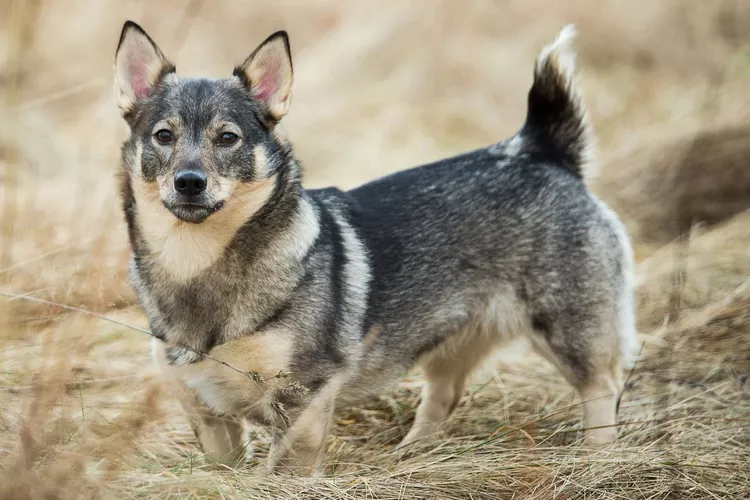
Swedish Vallhund: Dog Breed Characteristics & Care
The Swedish vallhund makes for a high-energy and affectionate companion. Learn about the breed's history, health, exercise needs, and more.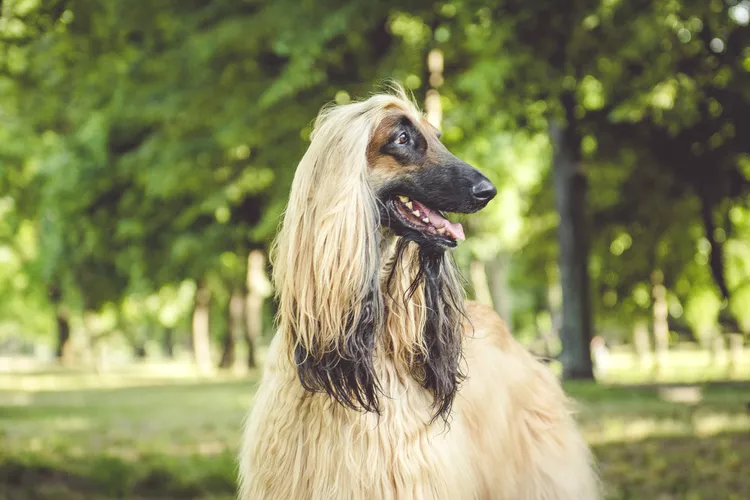
Afghan Hound: Dog Breed Characteristics & Care
The Afghan hound is a majestic dog breed, known for its luxurious long coat and sweet personality. Learn about cost, care, and training needs.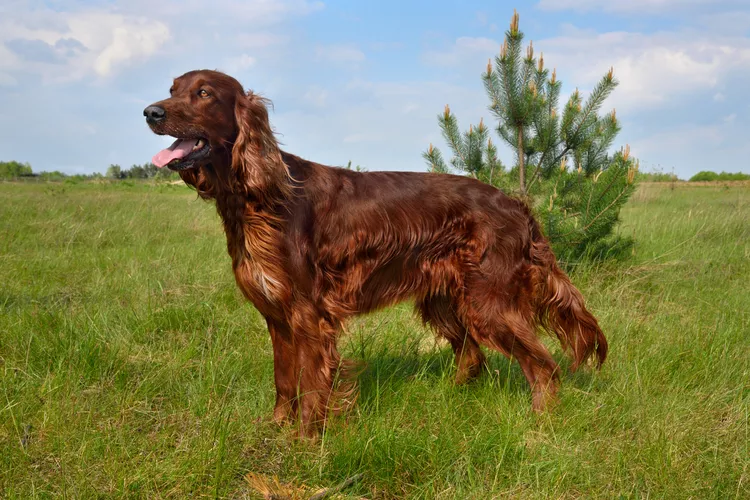
Irish Setter (Red Setter): Dog Breed Characteristics & Care
The Irish setter, also known as the red setter, stands out from the crowd with their striking red coat and athletic nature. Learn about this gentle and affectionate dog breed.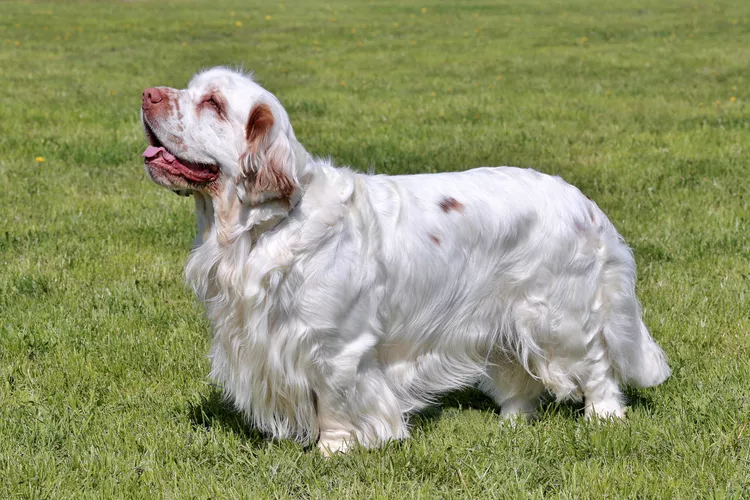
Clumber Spaniel: Dog Breed Characteristics & Care
The Clumber spaniel is a friendly, calm dog and a great family pet who gets along with kids. Just beware of this rare breed's shedding and drool.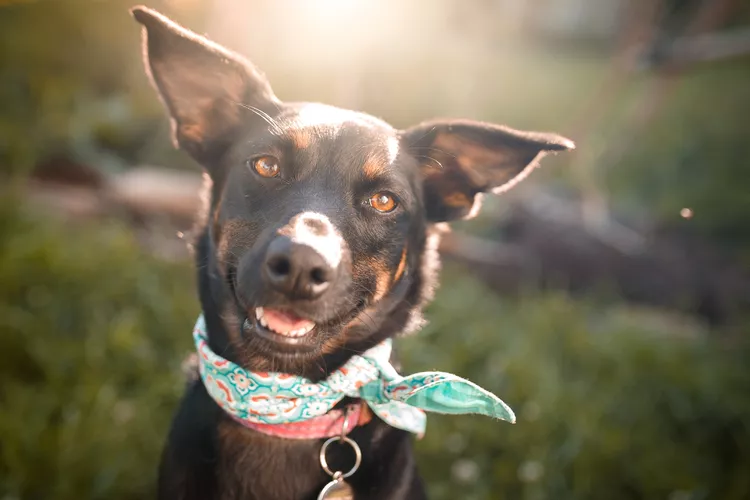
Reasons Why Dogs Grind Their Teeth
Some dogs grind their teeth. Learn why dogs grind their teeth and if it can be harmful. Find out what to do about teeth grinding in dogs.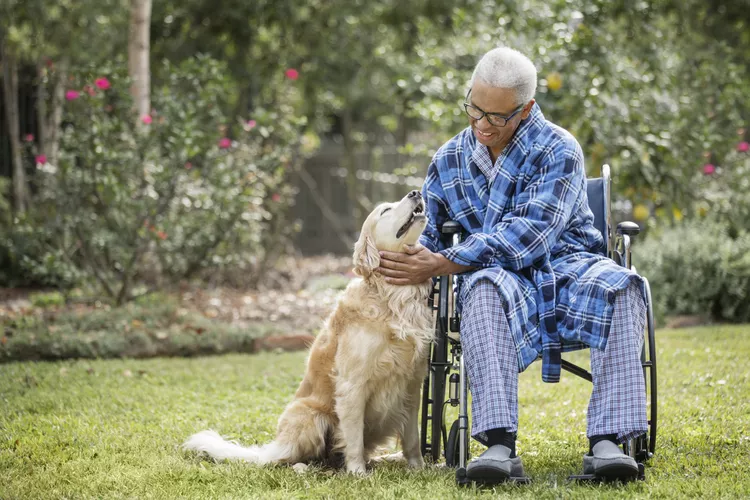
Therapy Dog Certification: A Complete Guide in 6 Steps
Could your dog be trained to serve as a therapy dog? Here's how you and your dog can become an official animal-assisted therapy team.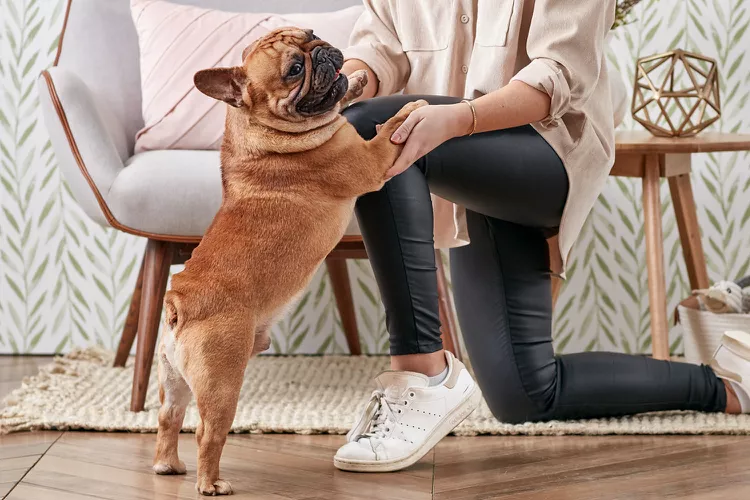
Here’s How to Stop Your Dog from Jumping on You When Excited
Although it can be cute the first few times your dog jumps on you, it can quickly turn into a bad habit, especially if your pooch starts jumping on strangers. Here’s how to stop your dog from jumping on you when excited.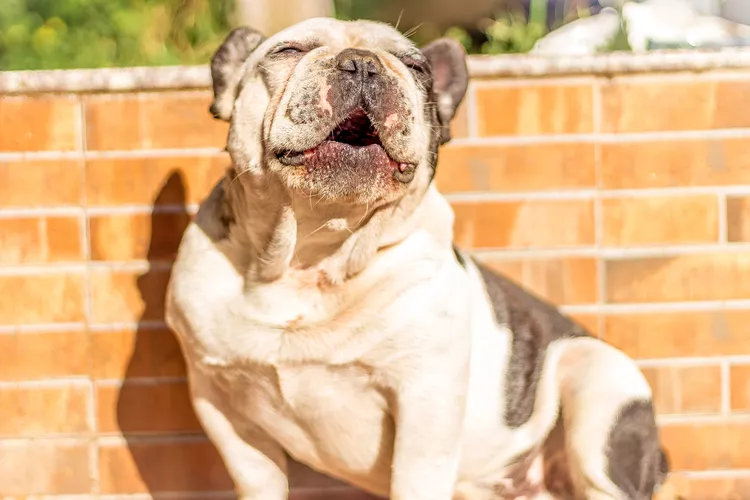
Why Do Dogs Howl at Sirens?
Howling at sirens is something that dogs are well known for, but why do some dogs do it while others seem unbothered?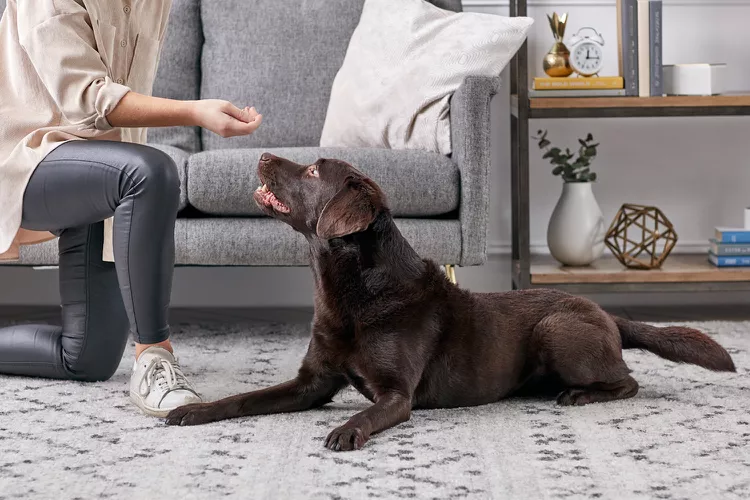
How to Train a Labrador Retriever
Proper training is an essential part of owning a Labrador retriever. These smart dogs can be trained to be service dogs, hunters, and excellent companions.